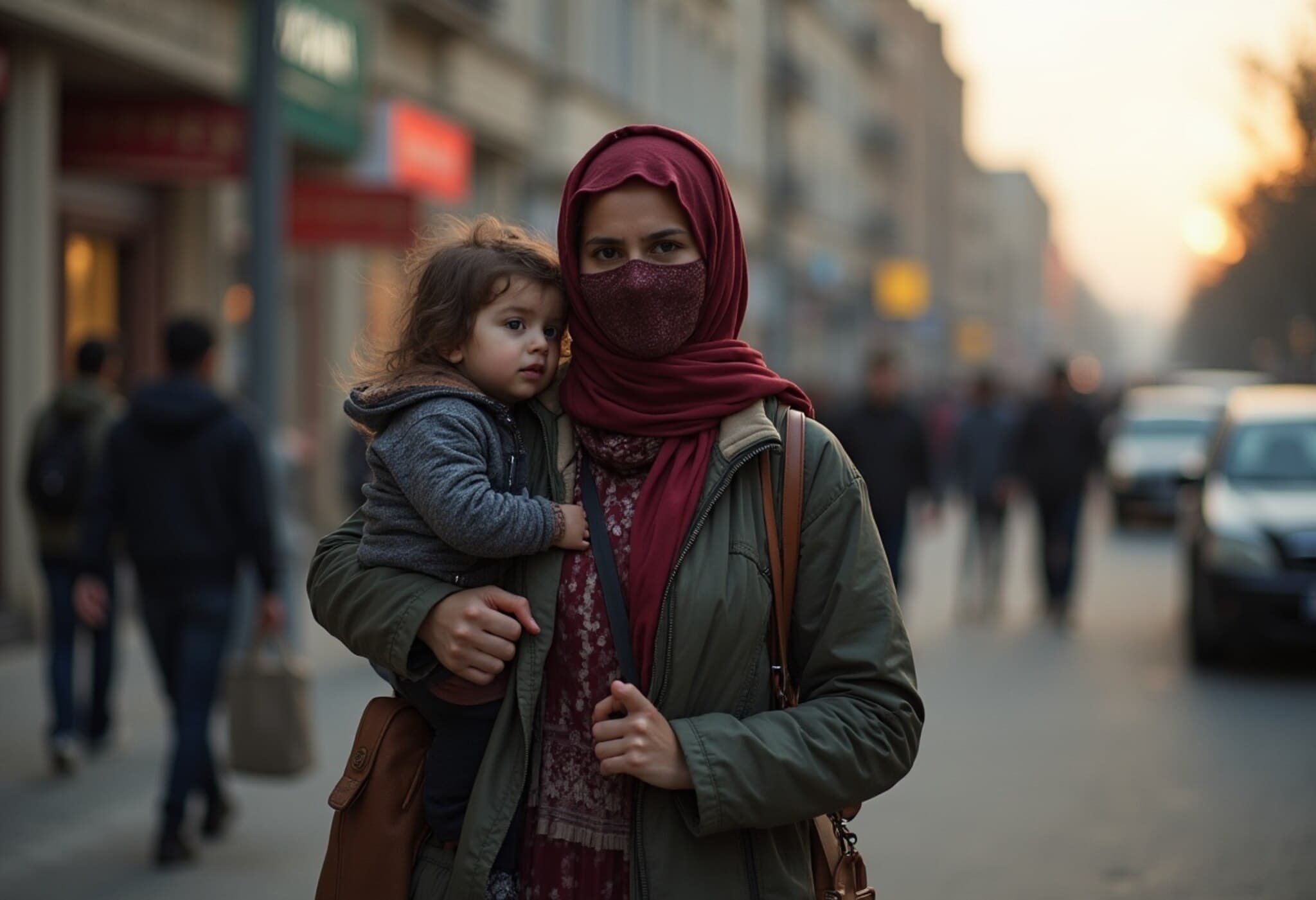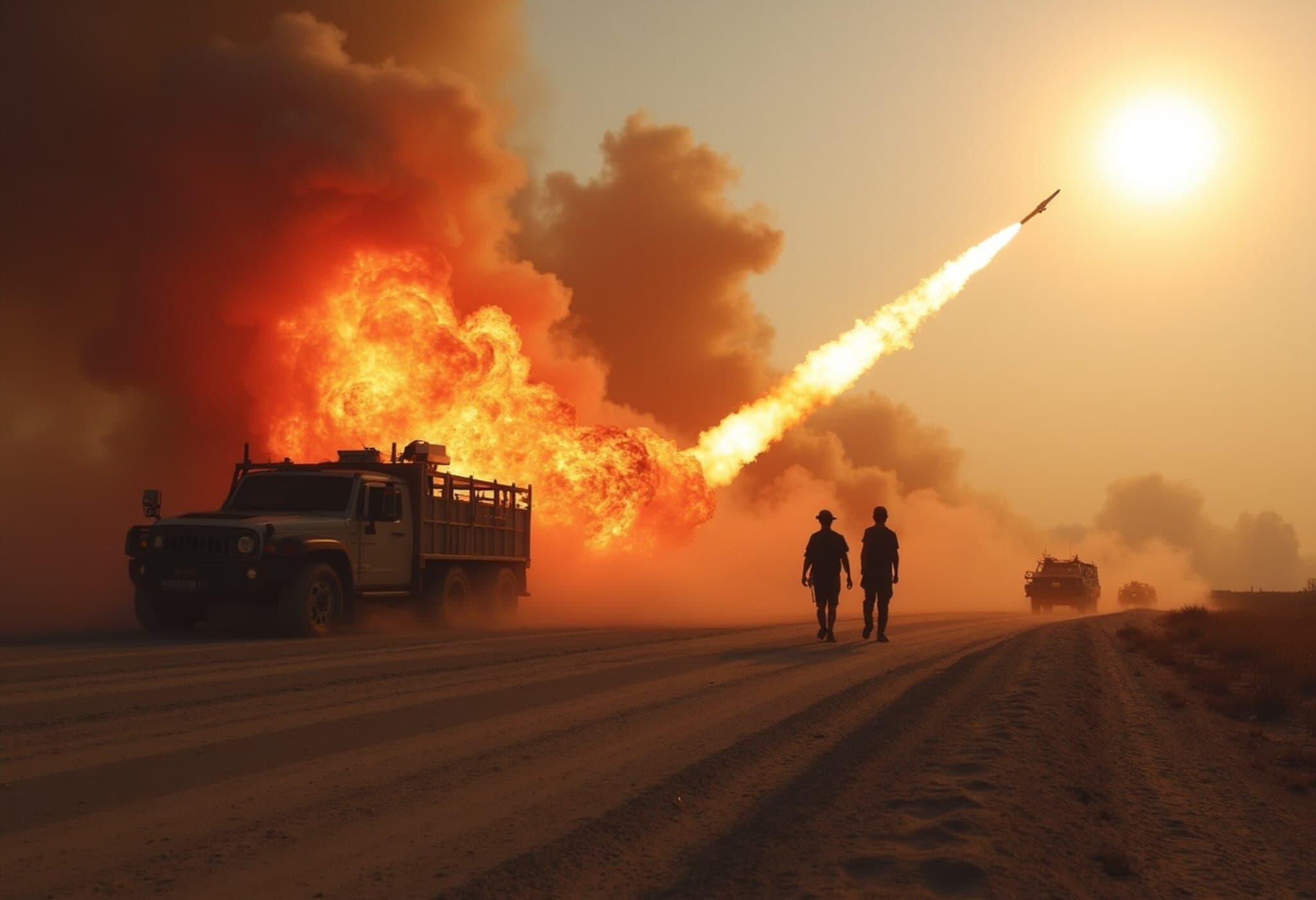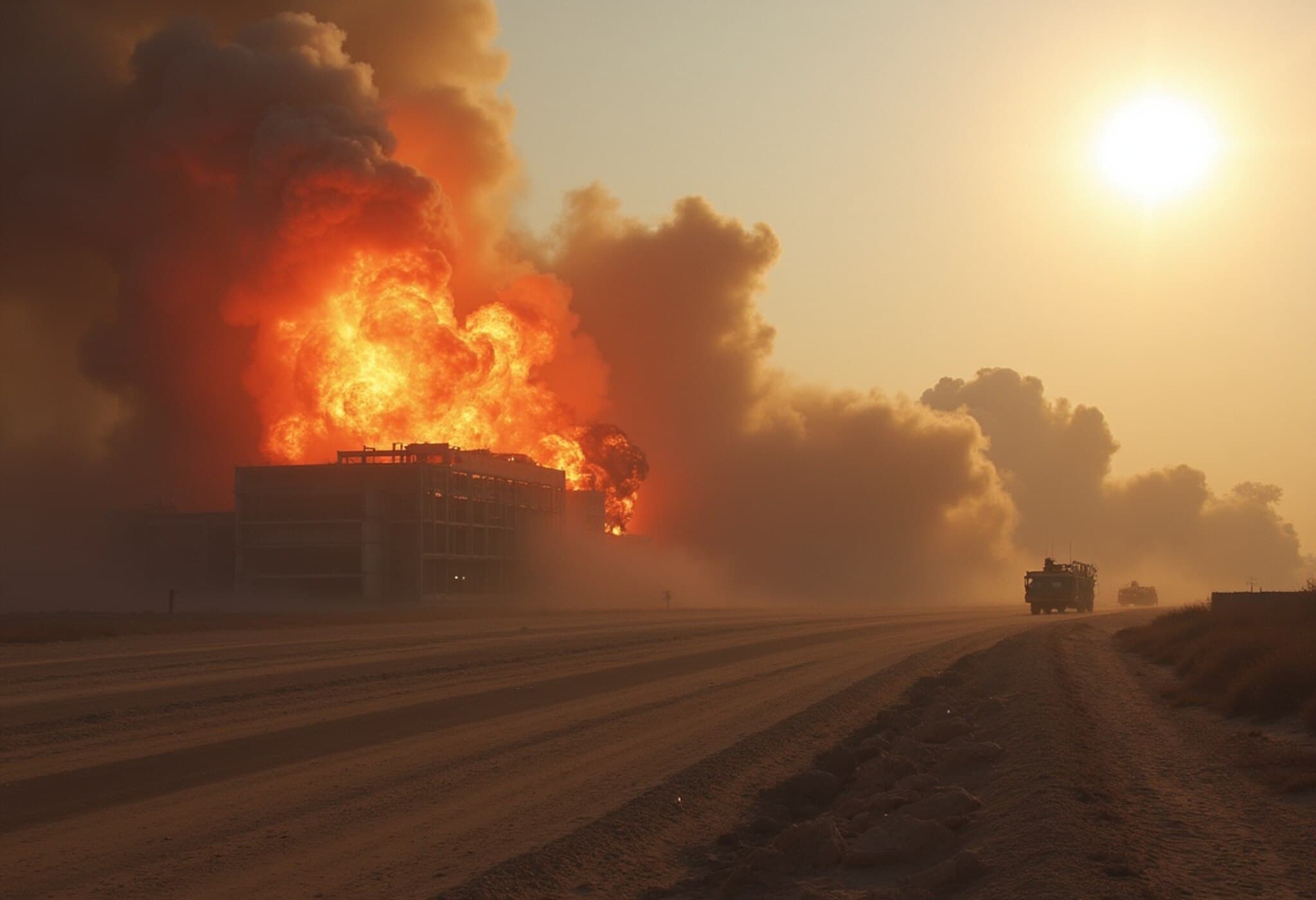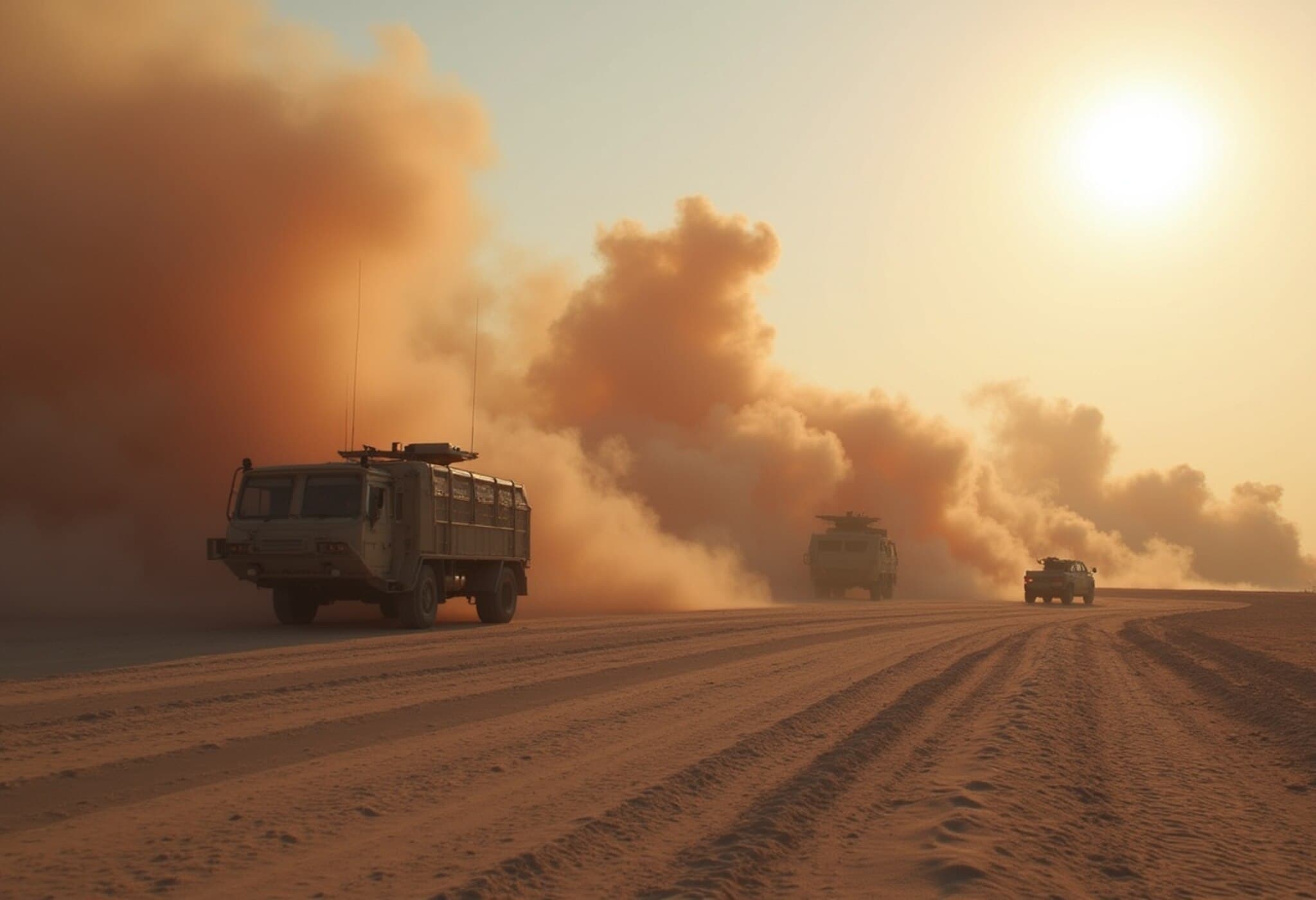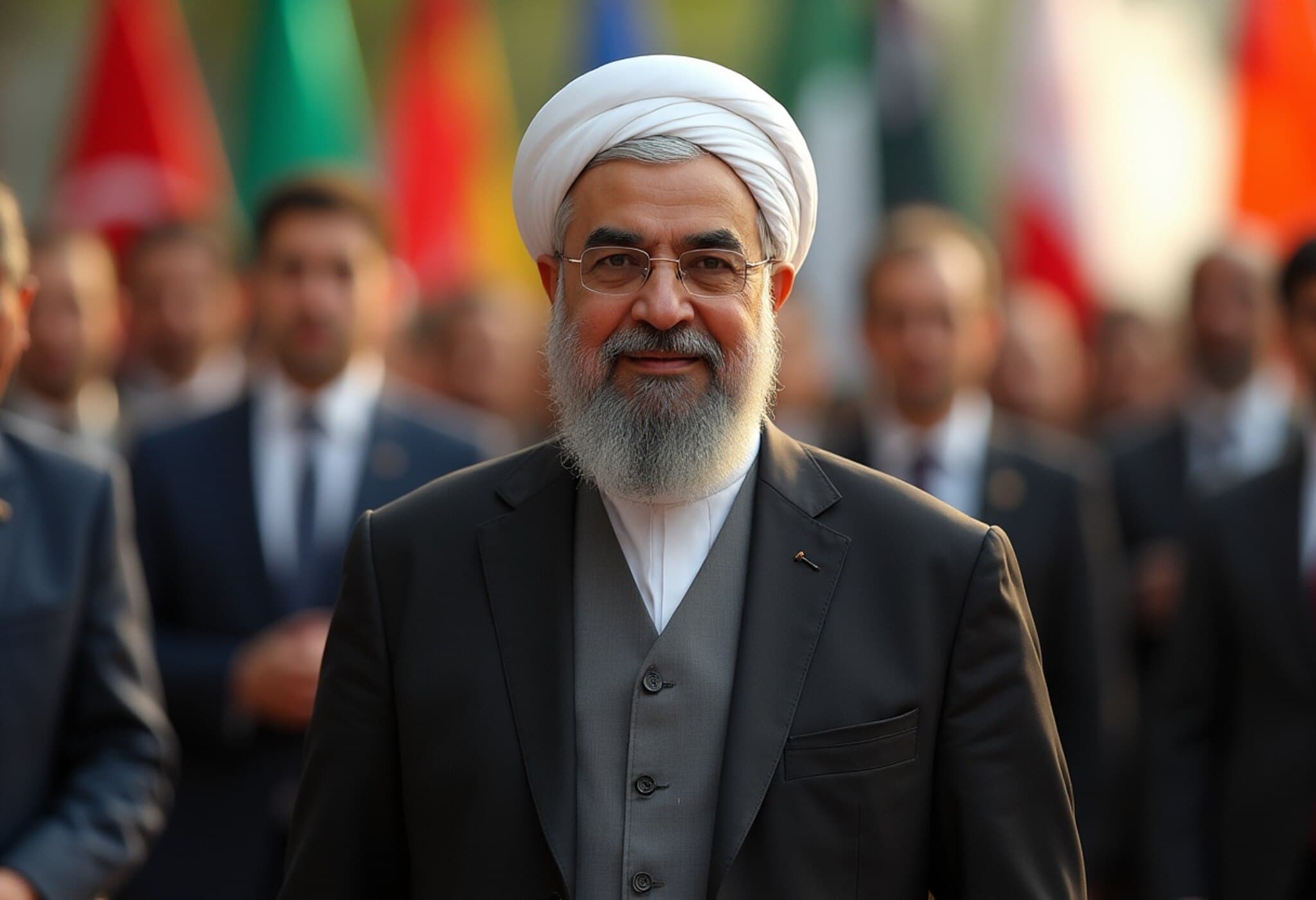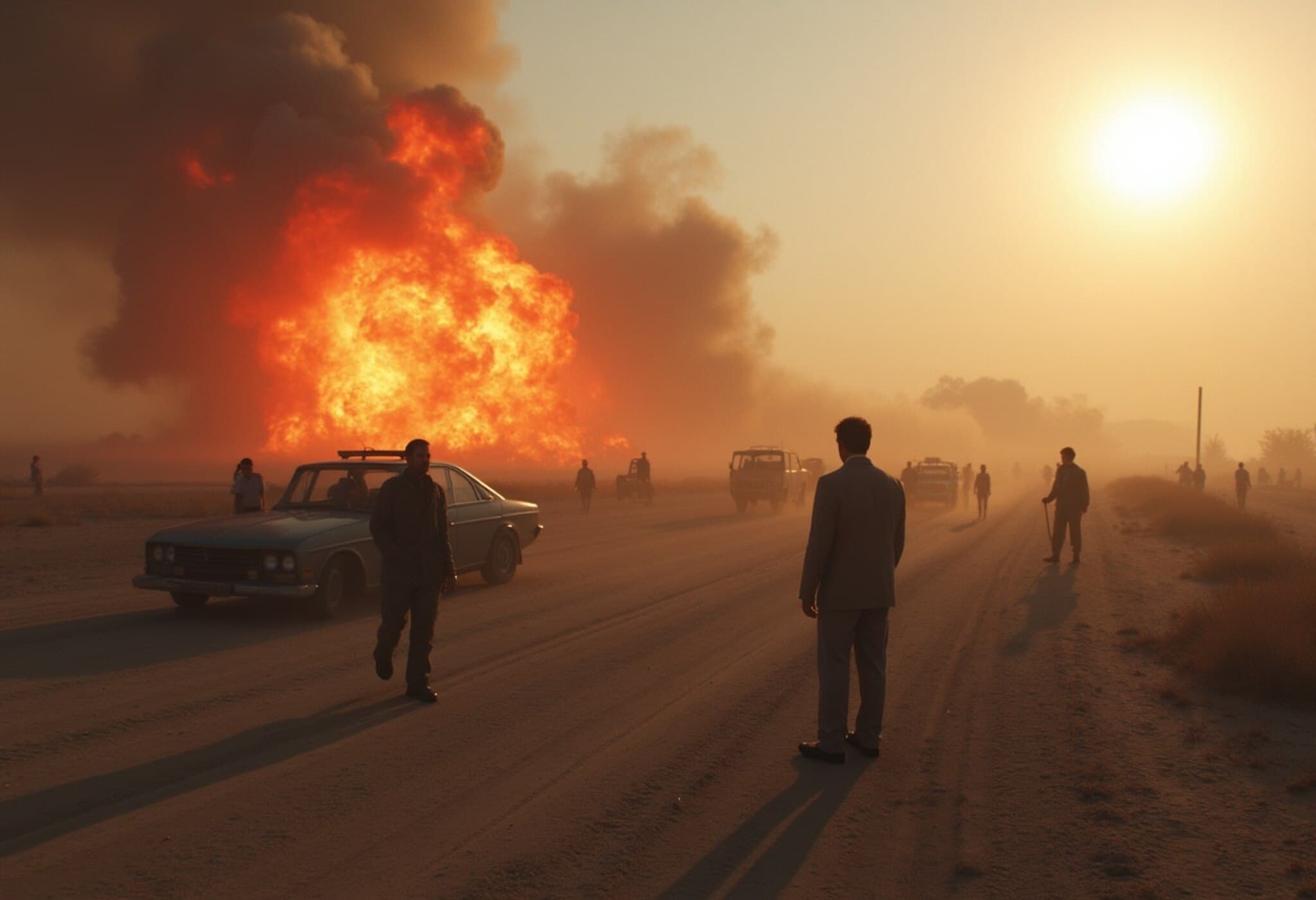Fatal courthouse assault shakes Iran's Sistan-Baluchestan province
In a violent episode that underscores the enduring tensions in southeastern Iran, at least five individuals lost their lives in an armed attack targeting a courthouse in Zahedan, the capital of Sistan-Baluchestan province. The assault, which also left 13 people wounded, was claimed by the Sunni militant group Jaish al-Adl, known for its historical insurgency campaigns in the region. According to a senior police official speaking to Iran's state news agency IRNA, three attackers died in fierce clashes with security forces.
Details of the attack and human toll
The attackers reportedly launched their assault by hurling a hand grenade inside the courthouse before engaging in gunfire assaults. Tragically, among the deceased were a mother and her child, highlighting the civilian cost of the violence. Eyewitness reports, relayed by human rights group HAALVSH, indicate that judiciary staff and security personnel were specifically targeted, with several personnel either killed or seriously injured as the assailants stormed the building and judicial chambers.
Who is Jaish al-Adl and what fuels the conflict?
Jaish al-Adl, a Sunni Baluch militant group, operates in an area populated predominantly by Iran's Sunni Baluch minority, who have frequently voiced grievances over economic neglect and political marginalization by the central government. Sistan-Baluchestan province, bordering Pakistan and Afghanistan, has long been a volatile zone with repeated clashes between Iranian security forces and various armed factions.
The government accuses groups like Jaish al-Adl of harboring links with foreign entities and engaging in smuggling and insurgent activities across borders, framing their actions as a threat to national security. Conversely, the militants claim their struggle is aimed at securing greater autonomy and rights within the Iranian state.
Contextualizing the ongoing unrest: Iran’s security dilemma in Sistan-Baluchestan
This incident is not an isolated event but part of a complex and protracted struggle rooted in ethnic, religious, and socio-economic factors. The Baluch community's sense of alienation, combined with regional geopolitics involving neighboring Pakistan and Afghanistan, creates a challenging security environment for Iran.
Experts note that the cycle of violence in this region reflects deeper issues of governance, development deficits, and ethnic tensions that require multifaceted policy responses beyond security crackdowns. Human rights observers point to the need for greater engagement with local communities to address systemic grievances that fuel militancy.
Implications for regional stability and policy considerations
- Security measures: Iran’s approach, focused on military and police action, risks exacerbating local resentment if not paired with socio-economic development.
- Cross-border dynamics: The porous borders with Pakistan and Afghanistan facilitate militant mobility and complicate counterinsurgency efforts.
- Human rights concerns: Civilians bear the brunt of instability, with reports of casualties underscoring the urgent need to protect non-combatants.
- International perspective: The conflict presents challenges for regional security and may attract external actors’ involvement, affecting broader geopolitical calculations.
Editor's Note
The deadly attack on the courthouse in Zahedan is a stark reminder of the persistent fractures within Iran's southeastern frontier. While security responses remain imperative, a deeper understanding of the Baluch minority’s historical grievances and the socio-political context is crucial for lasting peace. Policymakers, both Iranian and international, face the delicate task of balancing counterterrorism with community reconciliation and development. For readers, this event beckons reflection on how marginalized communities worldwide become embroiled in cycles of violence, and what pathways might lead beyond conflict toward inclusion and stability.

